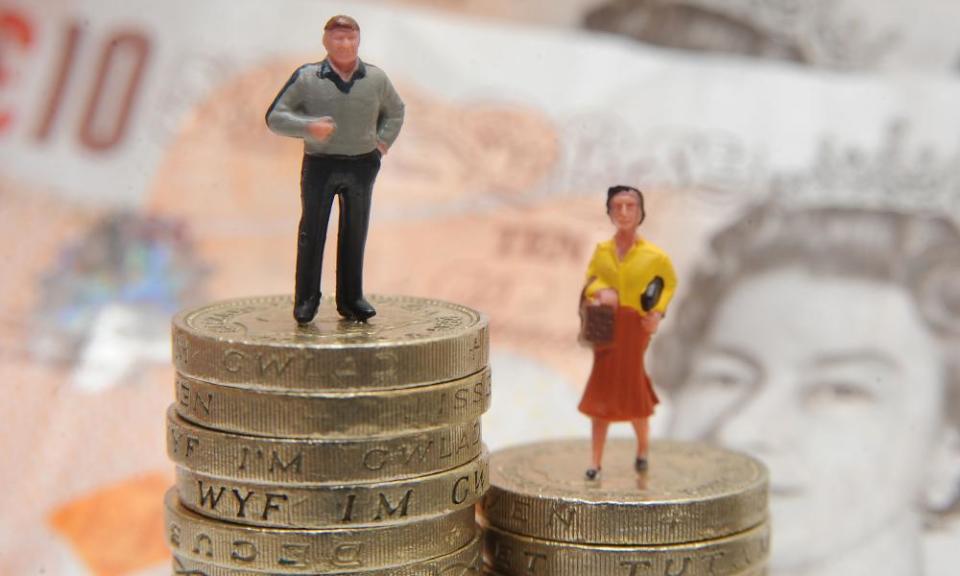Executive board roles and the gender pay gap | Letters

The Equality and Human Rights Commission is right to highlight that progress on closing the gender pay gap is woefully slow (Advertise all UK jobs with flexible working to tackle pay gap, 15 August). It will take another 52 years before pay equality is reached, according to analysis by Deloitte. One of the main problems is the lack of women at the top, specifically at executive board level. A recent report by Lord Davies set a target of 33% of board positions on FTSE 350 companies to be held by women by 2020 – it currently stands at 23.6% according to Boardwatch. However, to meet targets, many of those companies have been proactively targeting female non-executive directors, with far fewer appointments at executive level. Although non-executive positions are important and certainly preferable to no female representation, these directors are less visible and have less voice in the drive for change.
It is women in executive board positions who have the real power. They are role models to other women, have greater visibility, operational responsibility and can implement policies that importantly drive through real cultural change.
Deborah Casale
(Employment lawyer) London
• Join the debate – email guardian.letters@theguardian.com
• Read more Guardian letters – click here to visit gu.com/letters

 Yahoo Finance
Yahoo Finance 